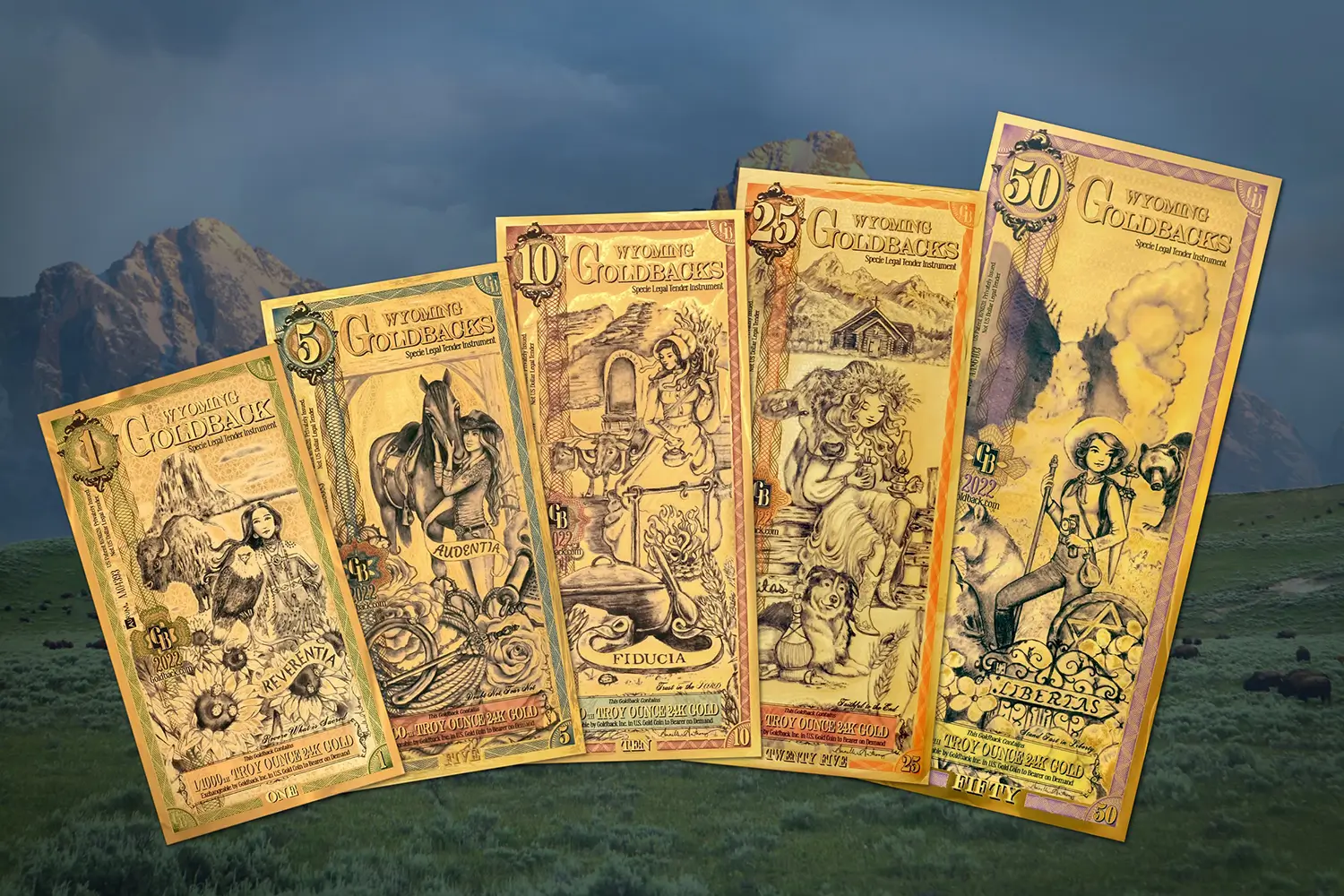
Learn About Goldbacks
Gold You Can Spend — Learn How Goldbacks Change the Game
Discover the revolutionary world of Goldbacks through our comprehensive educational resources. From basic concepts to advanced usage, master everything you need to know about this groundbreaking gold currency.
Educational Resources
Explore our comprehensive guides and resources to become a Goldback expert. Each resource is designed to help you understand and utilize this revolutionary gold currency.

What are Goldbacks?
Discover the revolutionary breakthrough in precious metals investing and alternative currency. Learn about the world's first physical, interchangeable gold currency designed for transactions of any size.
Read More
How to Pay with Goldbacks
Master the art of spending real gold as easily as paper currency. This comprehensive guide covers everything from finding merchants to understanding exchange rates and best practices.
Read More
Manufacturing Process
Explore the cutting-edge vacuum deposition technology that creates the world's first spendable gold currency. Learn how precise amounts of 24K gold are embedded in durable polymer.
Read More
Artwork & Mintages
Dive into the stunning artwork celebrating Wyoming's heritage and values. Discover the virtue series, design elements, mintage information, and collector considerations.
Read More
Other States Goldbacks
Explore Goldbacks from Utah, Nevada, New Hampshire, Wyoming, South Dakota, and other states in the growing Goldback family. Learn about each state's unique designs and release dates.
Read MoreAdditional Tools
Goldback Calculator
Calculate the value of your Wyoming Goldbacks based on the current gold spot price and explore different scenarios.
Use CalculatorReady to Get Started?
Now that you're learning about Goldbacks, take the next step and explore our collection of Wyoming Goldbacks. Start your journey into the future of gold currency today.
